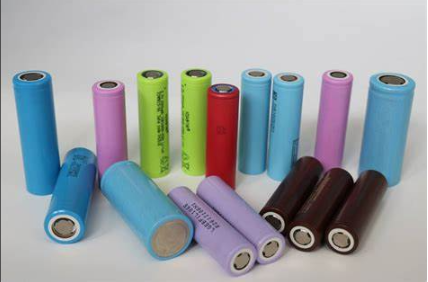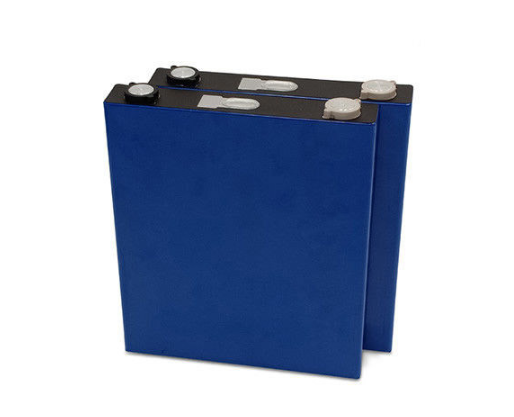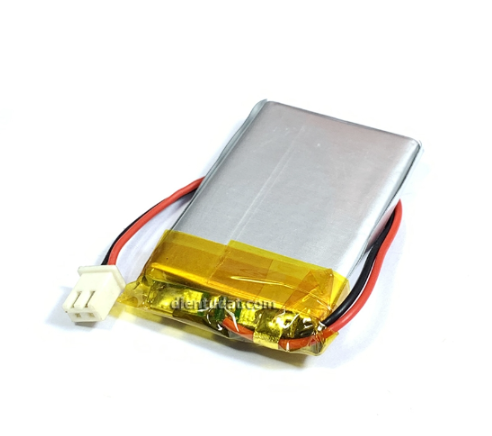Battery Welding: Using Lasers for Battery Welding Applications
We've covered many topics related to battery tab soldering in this blog space – not surprisingly, given the importance of batteries in today's world. However, this post will narrow the discussion down to laser soldering the tabs to the terminals of a battery pack.
From a welding perspective, the most important aspects of tab welding are the thickness and material of both the tab and the terminal. Conductivity is the name of the game, so the battery tabs are usually made of aluminum or copper, sometimes nickel or tin plated. The poles can be cold-rolled steel, aluminum or copper, depending on the physical size of the finished battery.
The most common batteries are cylindrical lithium ion batteries measuring about 18650 (18 mm x 65 mm), large prismatic batteries, and lithium polymer bag batteries. Each cell type has a different set of welding requirements.
Cylindrical battery
The key to cylindrical cell type welding lies in the cathode weld, where the battery tab is welded directly to the box instead of a separate platform at the anode. The weld on the cathode must not penetrate a box thickness typically about 0.015 inches (0.3 mm). The thickness of the can indicates the thickness of the possible tab – the rule of thumb is that the tab should be 50-60% of that of the can. The cylindrical battery case material is usually nickel-plated steel, while the lugs are made of nickel-plated copper or tin. Nickel plating is preferred over tin because it is more stable; The very low boiling point of tin can lead to pitted welds and excessive splashing.

Large prismatic batteries
These high-capacity cells need thick tabs to ensure there is enough current-carrying cross-section to distribute the output of the package. However, the tab connection only needs to handle the capacity of one cell. Therefore, thinning or "shaping" thick tab material so that a superimposed weld can be performed or a through-hole can be made for an angle weld greatly reduces the size of the weld required. This in turn reduces the amount of heat transferred to the box, which is always a concern when welding thicker tabs.
For splicing weld shapes, reducing the tab thickness to a thickness of 0.01-0.02 inches allows for sufficient weld area for strength and capacity while keeping the temperature during welding low enough to avoid damaging the battery. The material choice is generally aluminum for both terminals and tabs – recommended tab materials are 1080 and 1100. Avoid aluminum alloy 6061, which cracks when welded. If this material has already been specified and cannot be changed, use a 4047 precast mold as a third material that will introduce a large amount of silicon into the weld, preventing weld cracking.

Lithium polymer battery
These pocket-type cells, thin with rectangular footprints, are really gaining traction towards consumer electronics. The poles on these batteries are made up of thin layers of copper and aluminum foil welded with a laser to the copper and aluminum rods, respectively. This weld has traditionally been done using ultrasonic technology due to the need to weld through a stack of foil, however, fiber laser welding machines are now being used to increase the quality and durability of the weld. The key to success in this application with fiber lasers is to ensure that (a) the metal foils are in close contact with each other and (b) you are using a pulsed laser to prevent overheating.

Product Introduction
● Good laser quality, fast welding speed, strong and beautiful welding seam give users an efficient and perfect
welding solution ● Controlled by industrial PC, the workpiece can move on a flat trajectory and can weld points, lines, circles, square or any flat graphic consisting of straight lines and arcs
● High photovoltaic conversion rate and low energy consumption, long-term use can help users save a lot of processing
costs● The equipment is highly reliable, can process continuously, stable for 24 hours, meeting the needs of production and mass processing in industry;
● Special plane customization is very strong, and exclusive patterns can be adjusted to customer needs.
Performance advantages:
1. Fast speed, high precision after mastery, and more refined appearance.
2. The diameter of the welds can be adjusted according to the requirements and the heat-affected zone is small, which will not cause deformation to products requiring high precision.
3. Can weld small and smooth geometric areas, suitable for all product sizes
4. There will be no pores and trachoma when welding density, and it can be directly grinded and polished.
.png)